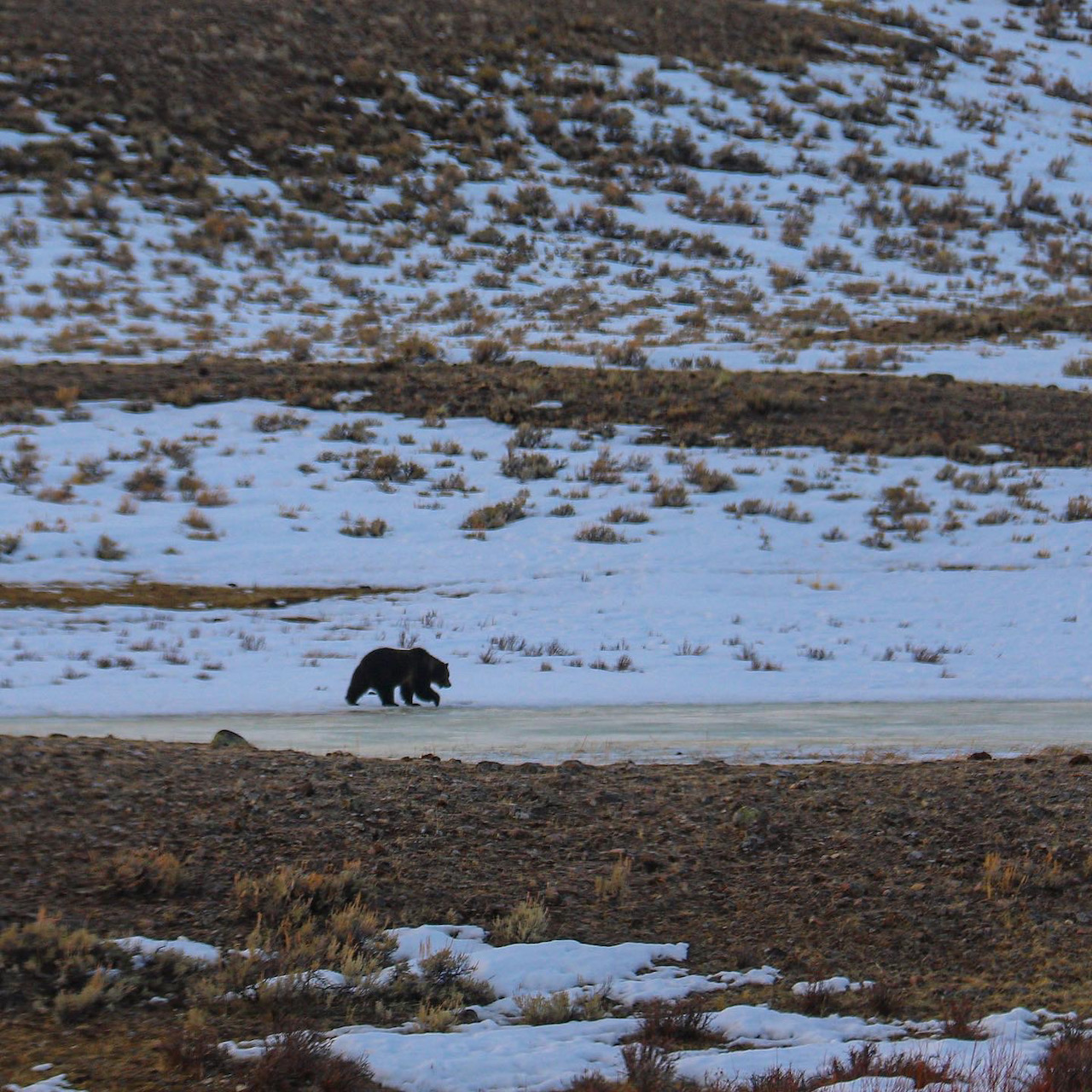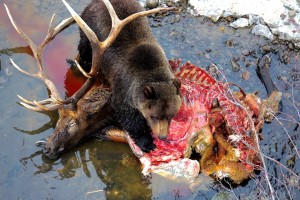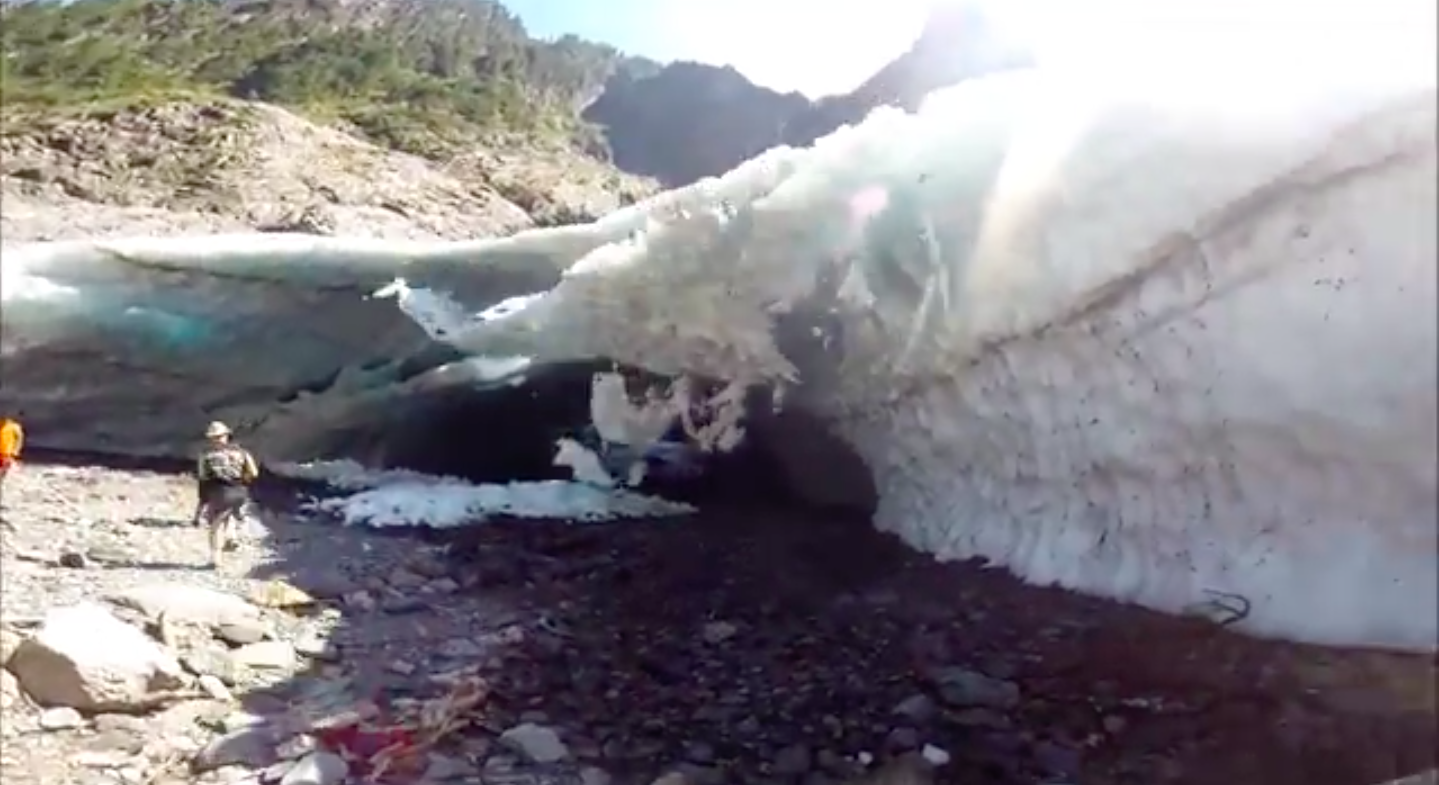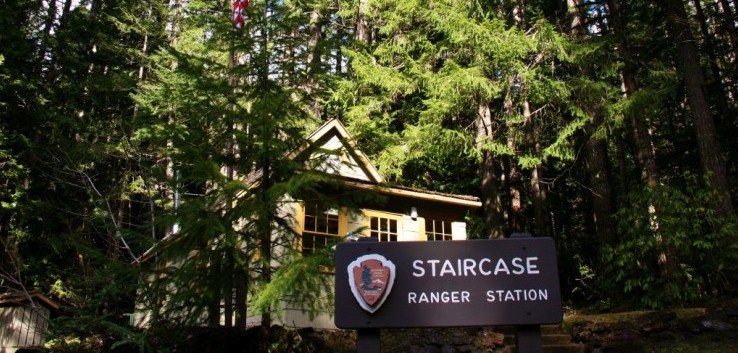The end of February is nearly upon us, and with it comes a shift in our focus. Despite the winter weather currently covering Yellowstone National Park, spring is around the corner. No longer do we look at the winter as everlasting. Instead, we know the end is nigh. Soon, the days will grow longer and warmth will start to return. In some places around the country, wildflowers are popping up. In other spots, buds are showing on plants and trees. In Yellowstone National Park, we know spring is around the corner when we see the grizzlies once again. Sometime in the next few days or weeks, Yellowstone National Park will issue a press release saying that the first grizzly bear of the year has been spotted.
When Will It Happen?
Historically, the first grizzly sighting of the year happens between late-February and mid-March.
The first grizzly bear of 2022 was spotted by researchers in a plane on March 7th.
In 2021, the first sighting was on March 13, also from a plane.
The first bear sighting of 2020 was on March 7th.
2019 was on March 8th.
2018, it was on March 6th.
2017, the first grizzly was spotted on March 15th.
2016, the first grizzly sighting was on February 23rd.
2015 saw the first grizzly on February 9th.
Where Were the Bears and What Happens When They Emerge?
The most common quick answer for this is that they were hibernating. However, contrary to popular thinking, bears didn’t actually hibernate. Instead, they enter a state of torpor. This allows the bears to wake up in the winter if needed. A full, descriptive difference between hibernation and torpor can be found here. Some will view this as controversial, but it really isn’t. There is difference.
During torpor, bears will be in their dens, resting, sleeping and waiting for a signal to head on out and get going for the year. The first bears to leave the dens will be the boars, or male grizzlies. They will be hungry and surly, which is not ideal for those hoping to hike and wander the park. Because of this, the park has numerous bear management areas which are closed to public access starting on March 10th. A full map and list of locations can be found on the park’s website. A few weeks or a month or so later, the sows, female grizzlies, will emerge, often with cubs in tow. They will also be hungry, aggressive and defensive. Once the females emerge, the males will began to try to court the females, making them more defensive.
How Can One Stay Safe Around Grizzlies?
The park has the following statement about that:
Your safety cannot be guaranteed, but you can play an active role in protecting yourself and the bears people come here to enjoy by following these guidelines:
- Prepare for a bear encounter.
- Carry bear spray, know how to use it, and make sure it’s accessible.
- Stay alert.
- Hike or ski in groups of three or more, stay on maintained trails, and make noise. Avoid hiking at dusk, dawn, or at night.
- Do not run if you encounter a bear.
- Stay 100 yards away from black and grizzly bears. Use binoculars, a telescope, or telephoto lens to get a closer look.
- Store food, garbage, barbecue grills, and other attractants in hard-sided vehicles or bear-proof food storage boxes.
- Report bear sightings and encounters to a park ranger immediately.
“Yellowstone visitors care deeply about the conservation of bears and observing them in the wild,” says Kerry Gunther, the park’s bear management specialist. “Reduce human-bear conflicts by preventing bears from getting food and garbage, hiking in groups of three or more people, carrying bear spray, and making noise in blind spots on the trail.”
I also should note that firearms are allowed in the park, but the discharge of a firearm by visitors is a violation of park regulations. Seriously though, you do not need a gun in Yellowstone. Bear spray has proven to be very effective in deterring bears defending cubs and food sources.
Want to See the First Bears and Other Wildlife of Yellowstone National Park?
Order a copy of my newest book, The Ultimate Wildlife Watching Guide for Yellowstone National Park. Purchasing this book will be the perfect start to planning your Yellowstone adventure and is sure to get you excited for all the wildlife viewing potential.
What makes me qualified to write this book?
The answer is experience. I have been visiting Yellowstone for 35 years, as well as having lived and work right near the park. With thousands of trips into the stunning landscape, I have seen nearly every animal possible, numerous times. Year round, I have traveled into the park and witness scenes like wolves chasing down bison and elk, grizzly bears feasting on elk and bison, elk battling for a harem, bison in the rut and bighorn sheep challenging each other. I have seen beavers, otters, eagles, swans and sandhill cranes. I have watched bison and elk take their first steps, and other animals take their last. I have seen coyotes and fox dive into snow and watched as mountain goats perch precariously from craggy rocks. I have seen it all and want to share that knowledge with you. With full color images and a beautiful layout, this book is for every Yellowstone enthusiast, no matter the age or experience level.




